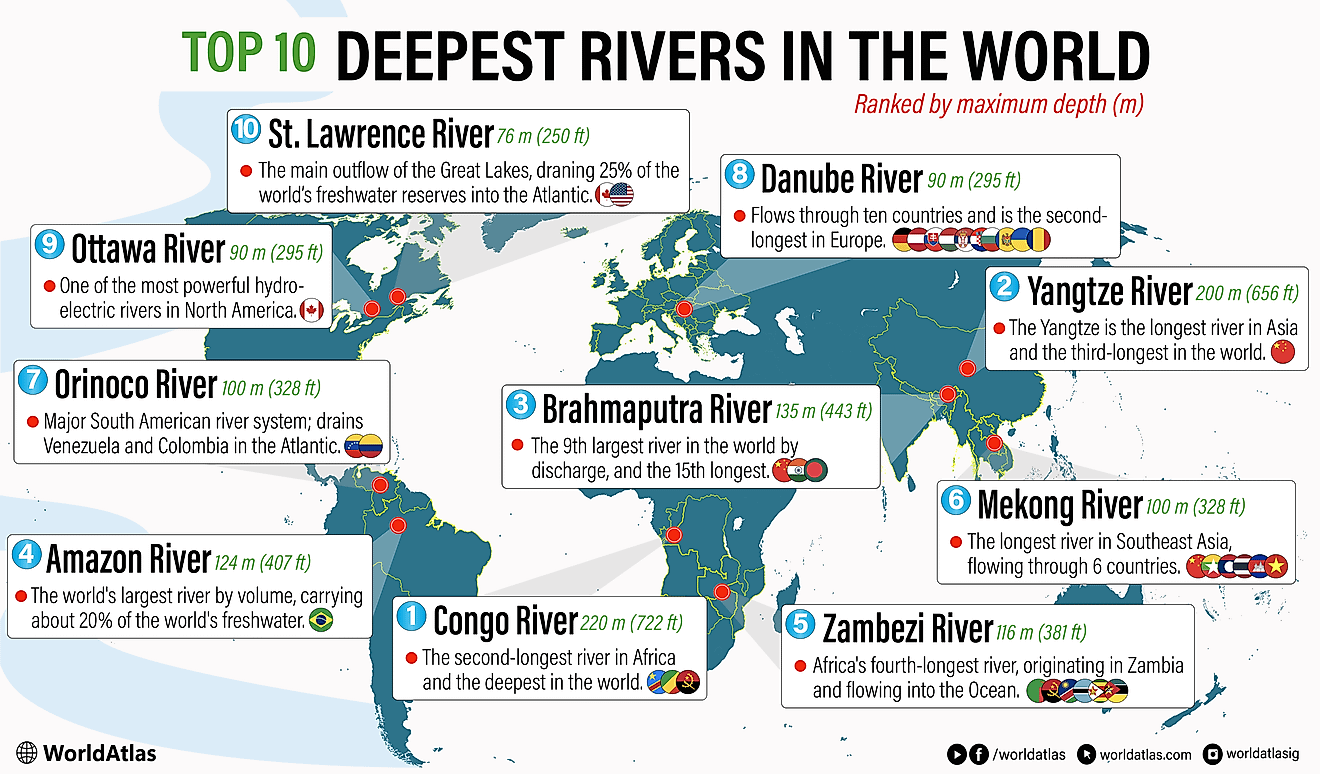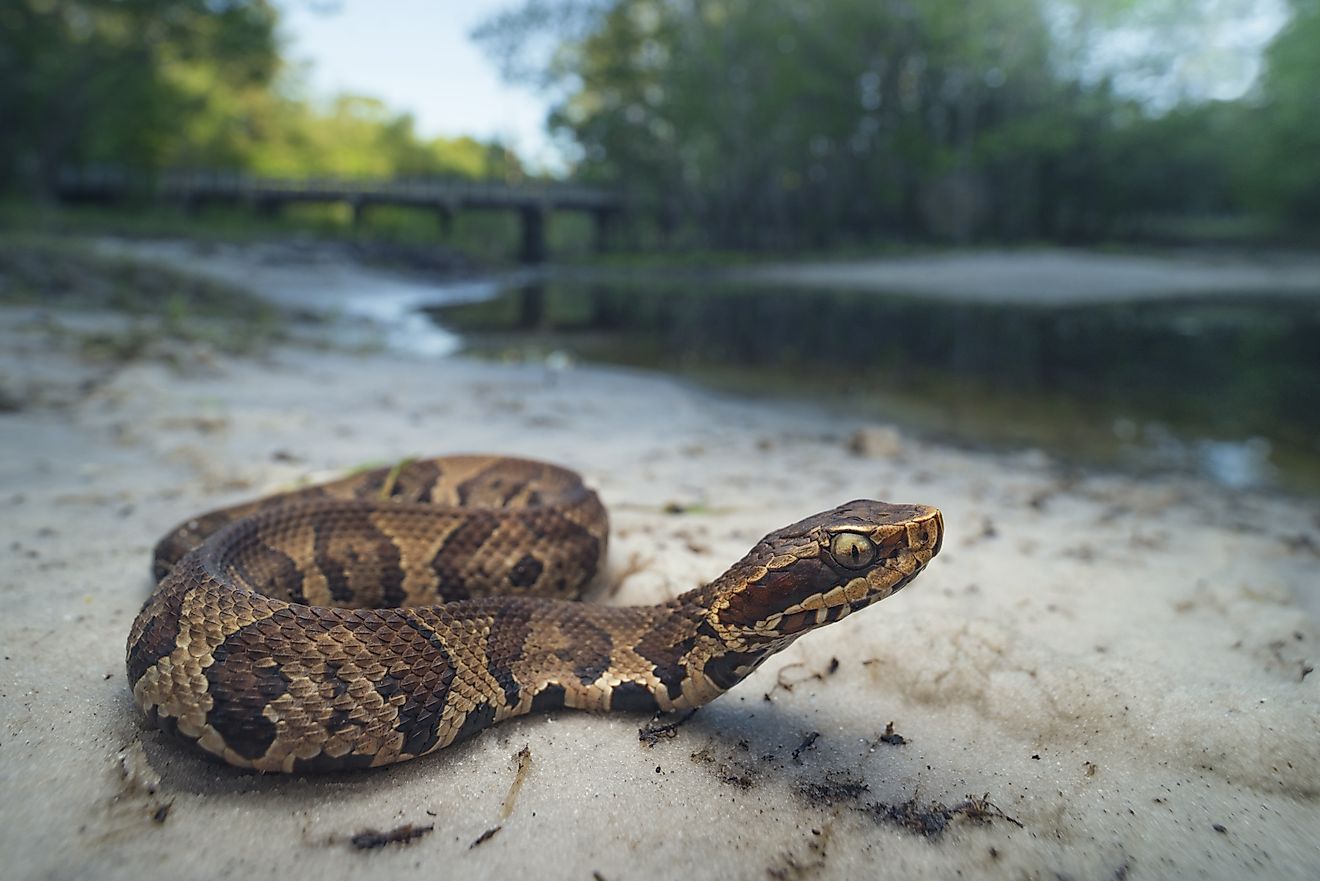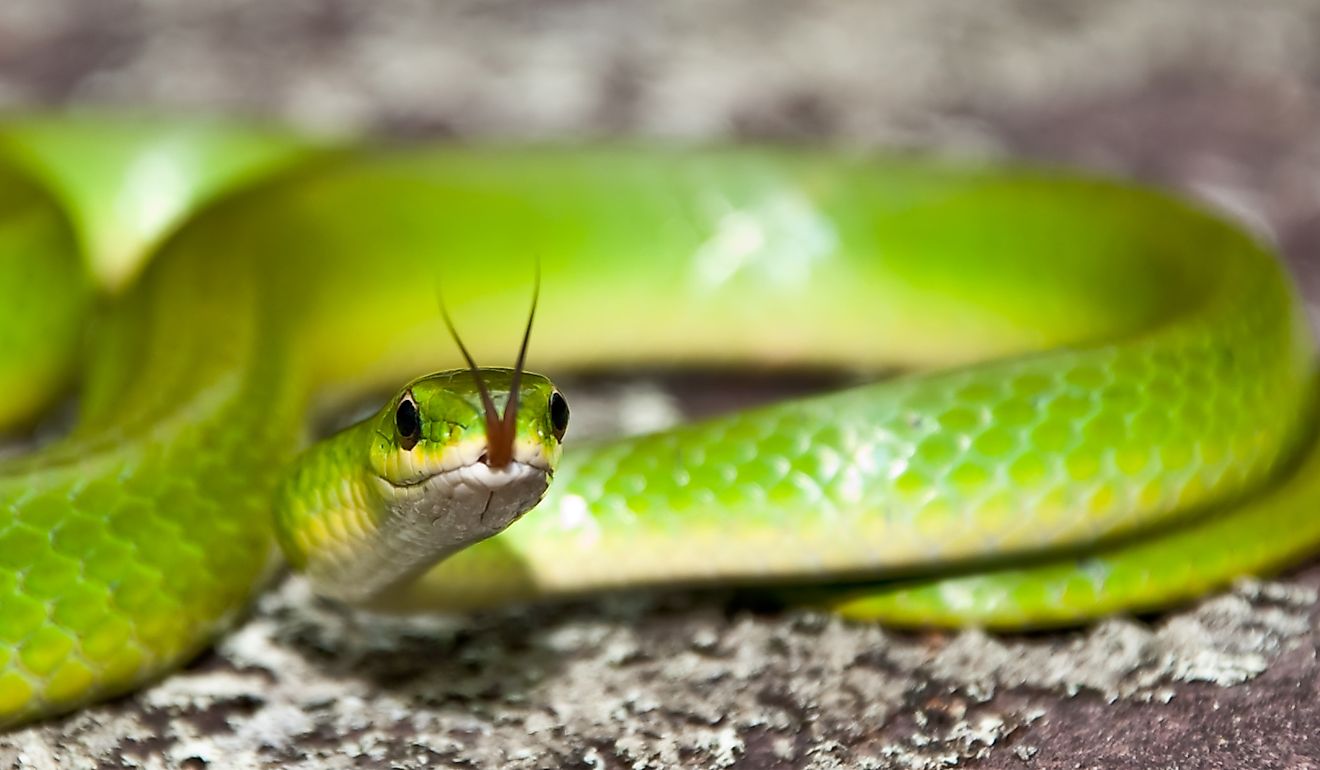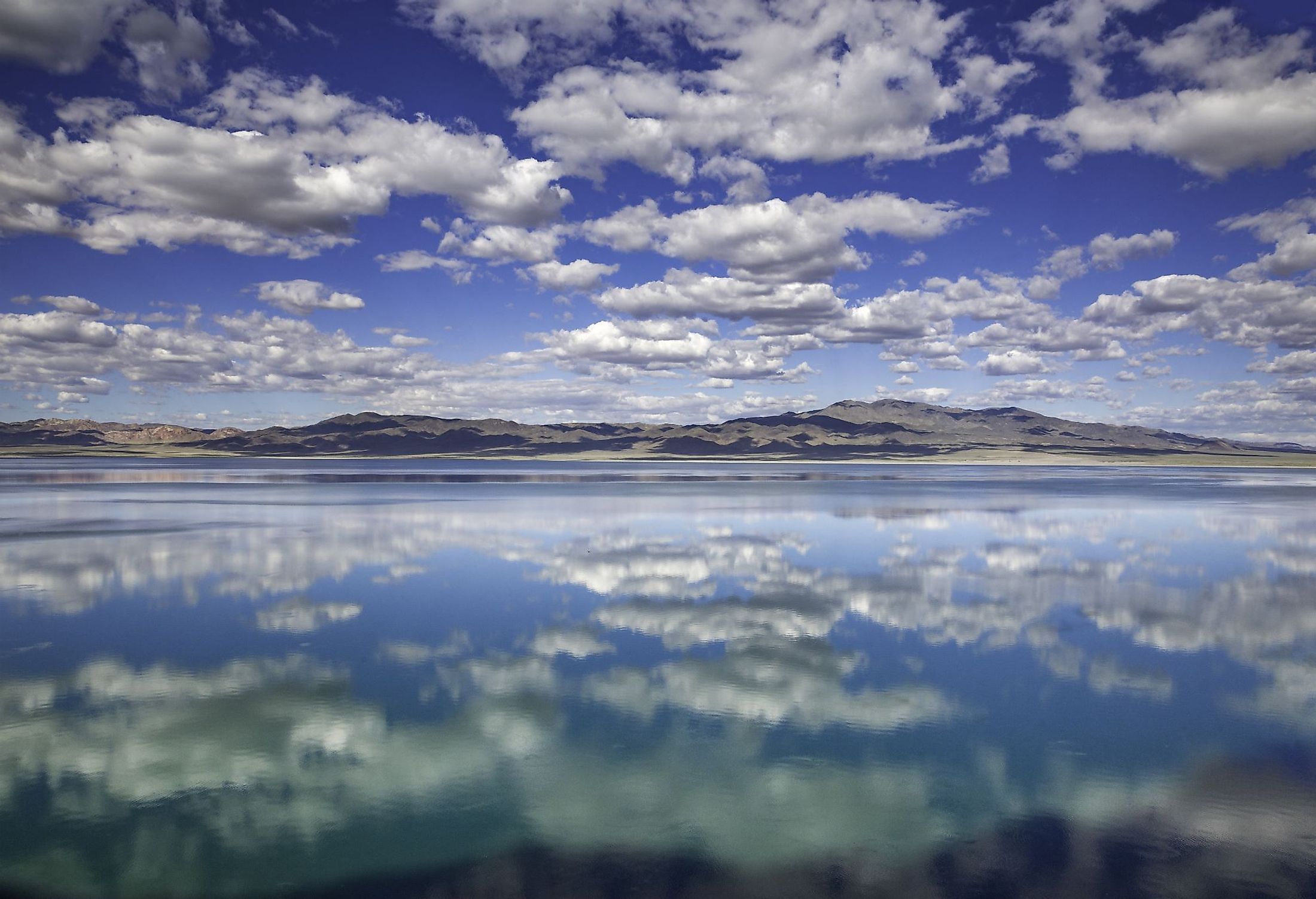
Walker Lake, Nevada
Walker Lake, located about 120km southeast of Reno, is the last remaining portion of the ancient Lake Lahontan, which formerly covered all of northwest Nevada before drying up around 9,000 years ago. Walker Lake is fed by inflows but lacks natural outlets. Walker Lake's distinctive surroundings are primarily mountainous, with canyons and vast deserted plateaus. It is one of the best locations in western Nevada for outdoor activities, with excellent swimming, boating, and camping opportunities.
Geography Of Walker Lake
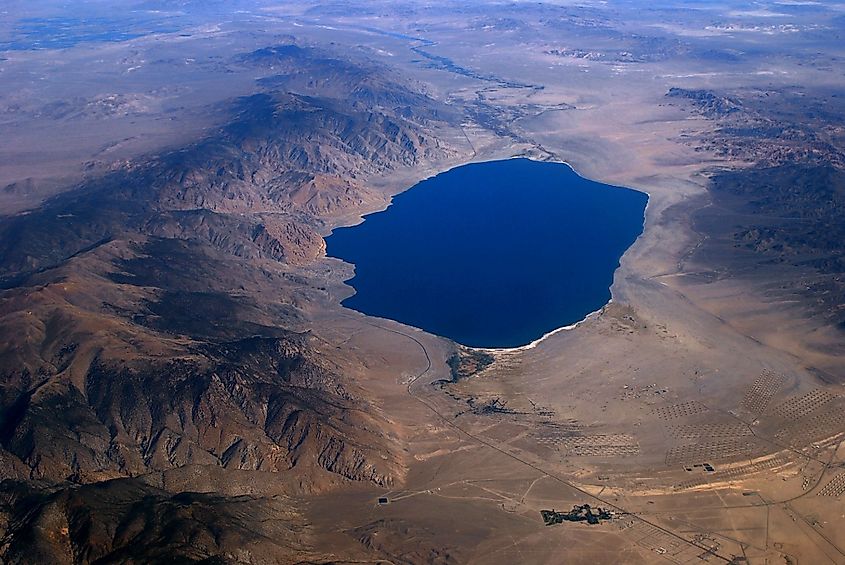
Walker Lake is situated in Mineral County, in the western portion of Nevada, United States. It is a natural lake that is placed in the enclosed Great Basin, which is bordered to the east and west by the Gillis Range and the Wassuk Range, respectively. The Walker River supplies water to the lake from the north, and its only natural outflows are absorption and evaporation. The lake is roughly 21 km from north to south and 9 km from east to west. It is around 30,00 acres and reaches 21 m deep. Hawthorne is the city that is located closest to Walker Lake. Mount Grant, the tallest mountain in the Wassuk Range (3,496 m above sea level), dominates the skyline to the southwest.
Geology Of Walker Lake
The Wassuk Range was formed by the massive Sierra Nevada granite batholiths pushing their way upward 80 million years ago. The Pine Nut Fault was the first fault along this mountain range. The majority of this fault is beneath Walker Lake and the alluvial fans of the valleys. The Walker Lane Fault System, which is the current fault system, came next. Walker Lake wouldn't exist if not for these two faults and the depression they left behind. The earliest lake in this region, which encompassed the majority of north-central Nevada, was named Lake Lahontan. Walker and Pyramid were the only lakes left after this massive lake dried up. The jet stream of winds delivered moisture into Nevada during the ice ages by removing it from the glaciers. Less moisture entered the area as these glaciers migrated north. The Sierra Nevada Mountains' ascent halted the passage of moisture from the ocean, which in turn prevented clouds from forming and ultimately caused Lahontan Lake to dry up.
Brief History Of Walker Lake
The region was first inhabited by humans around 11,000 years ago. Walker Lake was surrounded at the time by a lush environment that gave the locals most of what they needed to survive. Walker Lake was known as Agai Pah, or Trout Lake, because there were so many trout in it. The locals used the term "Agai Ticcatta," which translates to "trout eaters," to refer to themselves. Food items used by the hunter-gatherer Agai Ticcatta included seeds, berries, rice grass, desert plants, pine nuts, ducks, fish, and a wide range of other animals. It has been observed that their diet was more diverse than that of the United States today. Homes were constructed from tule or grass and were quite warm in the winter. People gathered to capture trout in the spring as they ran up the river. It was time for festivals after catching the fish, which featured betting, dancing, and games. More than half of Mineral County's economy depended on Walker Lake as recently as the 1980s. The towns of Schurz, Hawthorne, and Walker Lake relied on the lake for tourism and recreation, including boat races, fishing derbies, and an annual loon festival. In the past century, Walker Lake's volume has shrunk by more than 90% and its surface area by more than 50%. Walker Lake's ecosystem has completely collapsed as of late. It can no longer maintain the thriving economy or ecosystem it once did unless less water is drained for agricultural use from the Walker River.
Wildlife In Walker Lake
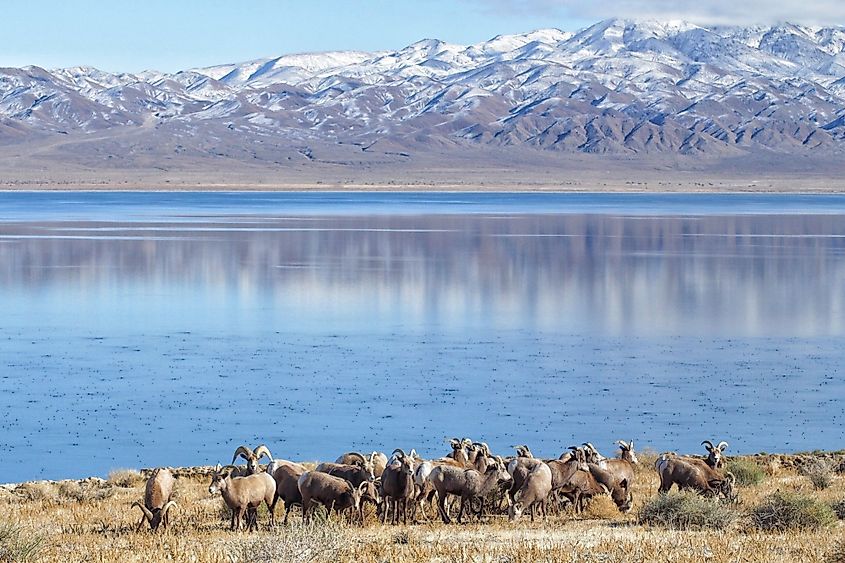
Walker Lake is a haven for migrating birds such as harlequin ducks, snow geese, white pelicans, and common loons. Numerous species of grebes also inhabit the lake. Along the shore, snowy plovers forage, while American avocets and black-necked stilts forage in the shallows. During the summer, desert Bighorn sheep can frequently be seen on the cliffs on the west side of the lake, and pronghorn antelope or wild horses can occasionally be seen browsing along the eastern bank. Fishing for Lahontan Cutthroat trout is no longer available because of the dwindling water levels and rising salinity.
Recreation In Walker Lake
This region has nearly 365 days of sunshine since the nearby mountain ranges shield it from harsh weather. Walker Lake Recreation Area is the place to be if you want to enjoy the outdoors. Popular pastimes include swimming, hiking, kayaking, canoeing, and windsurfing. In addition, Walker Lake features a few campgrounds run by Mineral County and the Bureau of Land Management (BLM) of Nevada. Sportsman's Beach, Tamarac Beach, and 20 Mile Beach are three of the BLM's four campgrounds that are ideal for setting up a tent or parking an RV or camper.
Threats And Litigations
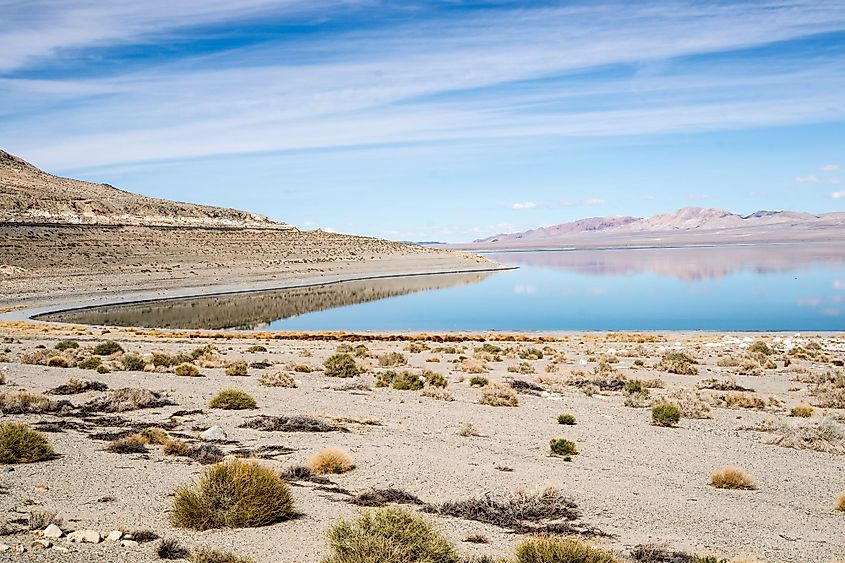
Walker Lake is only 20% of its original size due to more than a century of upriver irrigation. The fish are almost extinct, including the endangered Lahontan Cutthroat Trout (LCT). Several boat ramps are now well beyond the shoreline. The lake, which was once around 27 miles long, is now only about 15 miles long and is surrounded by several acres of desolate wasteland where the shoreline has receded. Total Dissolved Solids (TDS), a measure of salt content and water quality, has risen due to the drop in water levels. The Walker Lake ecology and wildlife that depend on it are in danger because of the rise of TDS levels. The elevated TDS levels in Walker Lake have impacted the LCT survival rates that were identified as endangered in 1975. However, significant restoration, conservation, and legal actions are centered on Walker Lake. Former irrigation rights are being purchased and safeguarded instream as part of the Walker Basin Restoration Program to benefit the environment. To restore Walker Lake to a condition that supports fish and bird life, the initiative began supplying water to the lake in 2019.









